DENGIE MARSHES WIND FARM
Welcome
The team at Dengie Marshes Wind Farm have identified an opportunity for a new renewable energy project, known as Dengie Marshes Wind Farm. We held our first round of consultation events for the project in February 2025, which helped shape the project in meaningful ways, including the turbine layout and construction access. Our draft proposals include 15 turbines with a maximum height of 200m. These are in a linear arrangement near the east coast of the Dengie Peninsula, between the existing Turncole and Middlewick wind farms and the sea.
The wind farm could create enough clean energy to power 100,000 homes, equivalent to all the homes in Maldon District Council three times over. In addition to creating clean and affordable power, the wind farm will deliver local benefits through a community benefit fund of up to £600,000 per annum. We are also exploring the potential for discounted electricity for local people.
Our stage two consultation is open from 23rd June – 21st July. Please complete a feedback form to have your say on our draft proposal.
The feedback we receive in this consultation will inform our planning application. Following submission of a planning application in the Autumn, Maldon District Council will conduct its own statutory consultation before determining the application. This will provide stakeholders, residents and other interested parties with another opportunity to provide feedback on our proposals.
ABout the team:
Dengie Marshes Wind Farm is a joint development between and local landowners D.J Fisher (Farms), J D Mee & Sons, Parker farms, Strutt and Parker Farms, and UK-based independent renewable energy company Naseby Energy.
Naseby Energy is at the forefront of the UK’s drive for clean power and its management team have extensive experience in the development, construction, ownership and operation of wind farms.
About dengie marshes wind farm
Why here?
The Dengie Peninsula is an ideal location for onshore wind for several reasons including
- Proven suitability for wind in a rural location, helping to create a diverse energy system and protecting bill payers from future price shocks
- Proximity to the 132kV grid connection at the Rayleigh substation, where there is capacity for the electricity generated to be connected to the National Grid
- Potential for construction access via a marine transfer facility, minimizing construction impacts community impacts
- Opportunity to safeguard ecologically sensitive areas off the coast
Why Wind?
The delivery of large-scale renewable energy, like the plans for Dengie Wind Farm, is an urgent, national priority. This has been set out by the Government in national energy and planning legislation and policy; the new government has committed to doubling onshore wind energy by 2030.
The grid connection, and site search area, for Dengie Wind Farm gives us an exciting opportunity to bring forward a development in a suitable location, that would make a significant contribution to our energy security and transition towards Net Zero.
There is also support for renewable energy at the local level. Maldon District Council has published its aim to transition to a carbon neutral District and a net zero Council as quickly as practicably possible (but no later than 2050). The council’s draft Local Plan also includes supporting core aims, vision and objectives in relation to climate change mitigation and renewable energy development.
HOW DO WIND TURBINES
WORK?
Wind turbines consist of a set of blades forming a rotor, connected via a drive-shaft to a box containing the generator (called a nacelle). This assembly is mounted on a tower to provide ground clearance and access the stronger winds higher up. The wind – even just a gentle breeze – makes the rotor spin, creating kinetic energy. The rotation turns the shaft in the nacelle which spins a generator to convert this kinetic energy into electrical energy
Our proposals:
Landscape and visual
The Dengie Marshes Wind Farm has been carefully designed having regard to the existing landscape character which is already home to three significant clusters of wind turbines. Our visual impact assessment follows best practice and we’ve designed the project to reduce its effect on views from nearby towns, homes, and public paths. The turbines are arranged in a linear siting to avoid forming a large cluster and are placed on the more remote coastal side of the existing wind farms.
To look at who might see the project we have created a zone of theoretical visibility and photomontages to show what the project might look like, please view these on our interactive map below.
Ecology and our commitment to wildlife
We are committed to delivering the Dengie Marshes Wind Farm in a way that respects and enhances the local environment. As part of our work, we have carried out detailed ecological surveys since 2023 to understand the wildlife and habitats in and around the site.
The coastal margins of the Dengie Peninsula is a rich area for wildlife and the project is near several nationally and internationally important habitats, including:
- Dengie Special Protection Area (SPA), Ramsar Site, and Site of Special Scientific Interest (SSSI)
- Essex Estuaries Special Area of Conservation (SAC)
- Outer Thames Estuary SPA
- Crouch and Roach Estuaries SPA and Ramsar Site
- Foulness SPA and Ramsar Site
Our surveys have found:
- Marsh harrier, dark-bellied brent geese and other protected species use the coastal salt marshes
- Farmland birds like corn bunting and skylark are also present
- Nine species of bats have been recorded
- There have been signs of water vole and we’re reviewing otters and badger
The Dengie Marshes Wind Farm will support national efforts to deliver more clean, renewable energy while also delivering long-term benefits for biodiversity. We are working closely with local landowners, ecologists, and environmental organisations to ensure we protect and enhance the special natural environment of the Dengie area. We are taking careful steps to minimise any impact on the local environment:
- Construction will follow strict environmental best practice – a Construction Environmental Management Plan will guide all activities to protect habitats and species during building works.
- Ongoing monitoring – we will continue to survey key species, such as birds and bats, throughout the life of the wind farm to make sure the project is not having a negative impact.
- Enhancing habitats – we will create new habitats on and around the site. This includes planting new hedgerows and grassland margins, improving ditches, and exploring opportunities to deliver large areas of new wetland and grassland habitat offsite near the Crouch Estuary.
Construction
The existing windfarms, Turncole and Middlewick, were constructed using marine deliveries of some large components via facility on the north coast of the River Crouch. This facility has planning permission until 2042 and can be reused for our project. For the Dengie Marshes Wind Farm, we plan to bring the biggest parts of the wind turbines to Dengie by barge, not by road. This will helps reduce the need for slow moving abnormal loads and HGV traffic on local roads and protects the local area.
A Transport Assessment will evaluate construction traffic impacts, with mitigation measures outlined in a Construction Traffic Management Plan (CTMP). We will work closely with stakeholders including Maldon District Council, Essex County Council, the River Crouch Harbour Authority, and local residents to ensure effective traffic management and minimise disruptions during construction.
INTERACTIVE MAP:
document library
Welcome to our document library. This page will be updated throughout the project as information is made available.
Our stage two consultation will run from 23rd June to 21st July. Our consultation materials, including the turbine layout, will be available online from 23 June, and in-person at our consultation events.
project TIMELINE
-
January – February 2025
Stage one public consultation on early options, developing site layout, ongoing environmental surveys
-
March – April 2025:
Review of all feedback and constraints to design the site layout
-
June – July 2025
Stage two consultation
Submission of EIA Scoping Report
-
Summer 2025
EIA Scoping Opinion
-
Autumn 2025
Submission of planning application to Maldon District Council
-
Summer 2026
Expected planning determination
CONSULTATION EVENTS
Our stage two consultation will open on 23rd June. We encourage you to come and meet the team at our three in person events to find out about the proposals in more detail.
Tuesday, 1 July 2025
15:00 – 19:00
The Royal Burnham Yacht Club
The Quay, Burnham-on-Crouch, CM0 8AU
Friday, 4 July 2025
15:00 – 19:00
Southminster Memorial Hall
Southminster, CM0 7DE
Thursday, 10 July 2025
15:00 – 19:00
Asheldham and Dengie Village Hall
Southminster, CM0 7UH

Website by SEC Newgate UK | Email: info@dengiemarsheswind.co.uk Phone: 01621 483 896 | Freepost: FREEPOST SEC NEWGATE UK LOCAL | All images are indicative
